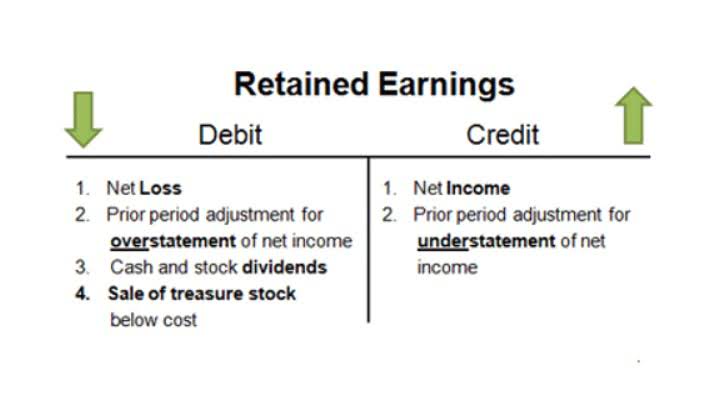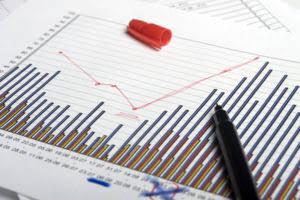
Administrative expenses are non-manufacturing costs that include the costs of top administrative functions and various staff departments such as accounting, data processing, and personnel. Executive salaries, clerical salaries, office expenses, office rent, donations, research and development costs, and legal costs are administrative costs. Direct labor costs include the labor costs of all employees actually working on materials to convert them into finished goods. As with direct material costs, direct labor costs of a product include only those labor costs distinctly Restaurant Cash Flow Management traceable to, or readily identifiable with, the finished product. The wages paid to a construction worker, a pizza delivery driver, and an assembler in an electronics company are examples of direct labor. Unlike product costs, period costs don’t linger in the inventory valuation storyline.
Calculating period costs
Likewise, the salary of the assembly line worker who mounts the tires on rims and bolts them onto the car would be considered a product cost because it is necessary to manufacture the end product. All of these costs are capitalized and reported on the balance sheet as either a raw material, work in process inventory, or finished good. Indirect labor consists of the cost of labor that cannot, or will not for practical reasons, be traced to the products being manufactured. While product costs are directly tied income summary to the creation and development of a software product or technology solution. Period costs are the expenses that a company incurs during a specific accounting period but aren’t directly related to the product’s development.
- If no direct connection to revenue can be established, the costs are recognized in the period they arise.
- Direct laborers are the employees or the labor force that gets directly involved in producing or manufacturing finished goods from raw materials.
- People often confuse product and period costs due to the complexity of accounting terminology and the different ways these costs are treated in financial reporting.
- By looking at period costs, you can evaluate the impact of such decisions on the bakery’s overall financial health.
- It can be costly to fully build out this level of complex software and maintain it.
📆 Date: May 3-4, 2025🕛 Time: 8:30-11:30 AM EST📍 Venue: OnlineInstructor: Dheeraj Vaidya, CFA, FRM
Delving into the specifics of period costs provides a clearer picture of how businesses categorize and manage their expenses. These costs are integral to understanding the financial landscape of a company and require a detailed examination to appreciate their role in accounting and management. The tires that are bought or manufactured in the plant are necessary to produce a finished car. These costs are directly added to the total production cost of a finished good.

Setting product prices
The balance sheet is another critical financial statement product costs relate to. It’s a snapshot of a business’s financial health at a specific moment. And product costs play a significant role, especially in valuing the goods a company hasn’t sold yet. These are more like ongoing business expenses, not tied to a particular product but necessary for keeping the lights on. The integration of period costs into budgeting and forecasting is a sophisticated exercise that enhances the precision of financial planning. When preparing a budget, companies must estimate not only the variable costs that fluctuate with production levels but also the fixed period costs that remain constant regardless of output.

Time

These costs include direct materials, direct labor, and factory overhead. If the related products are sold at once, then these costs are charged to the cost of goods sold immediately. If the products are not sold right away, then these costs are instead capitalized into the cost of inventory, and will be charged to expense later, when the products are eventually sold. Expenses incurred to sell the finished inventory, on the other hand, are not considered product costs.
Company
- A direct Labor Budget is required to estimate the labor force requirements to produce the required units of goods per the production budget.
- It’s like having a roadmap that guides accurate financial reporting, ensuring that the numbers on the balance sheet and income statement tell a clear and truthful story about the business’s health.
- The treatment of period costs within the financial records of a company is a meticulous process that ensures accurate reflection of the business’s financial performance.
- Administrative activities are the most pure form of period costs, since they must be incurred on an ongoing basis, irrespective of the sales level of a business.
- You also need to invest in marketing, sales, customer support, legal, and more to ensure your product reaches the hands of the customers you want to serve.
For example, an in-house employee will expect benefits like paid time off, workspaces, and equipment. However, it may pay off in the long run if they deliver high-quality code. Some cost-saving measures, like hiring junior developers, may result in several issues later on in the development process. You may be envisioning a period costs SaaS product with several features and components. It can be costly to fully build out this level of complex software and maintain it.

Accounting for Period Costs
- When goods are sold, the cost is transferred from “Finished Goods Inventory” in the balance sheet to “Cost of Sales” (or Cost of Goods Sold) in the income statement.
- Product costs are the expenses directly tied to the creation of goods or services within a business.
- It should be a collaborative effort from executives, marketing, sales, product managers, and finance.
- List threedirect costs and three indirect costs that you are likely to see.
- Period costs guide decisions about how to efficiently rule your small business realm to stay afloat, impacting staffing, advertising, and day-to-day operations.
Any of these types of companies may just use the term overhead rather than specifying it as manufacturing overhead, service overhead, or construction overhead. Overhead is part of making the good or providing the service, whereas selling costs result from sales activity, and administrative costs result from running the business. The costs that are not classified as product costs are known as period costs. These costs are not part of the manufacturing process and are, therefore, treated as expense for the period in which they arise. Period costs are not attached to products and the company does not need to wait for the sale of its products to recognize them as expense on income statement. According to generally accepted accounting principles (GAAPs), all selling and administrative costs are treated as period costs.
